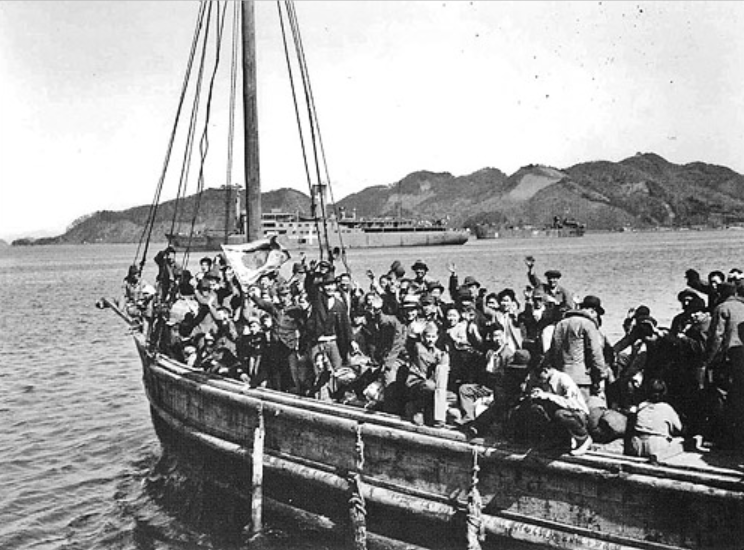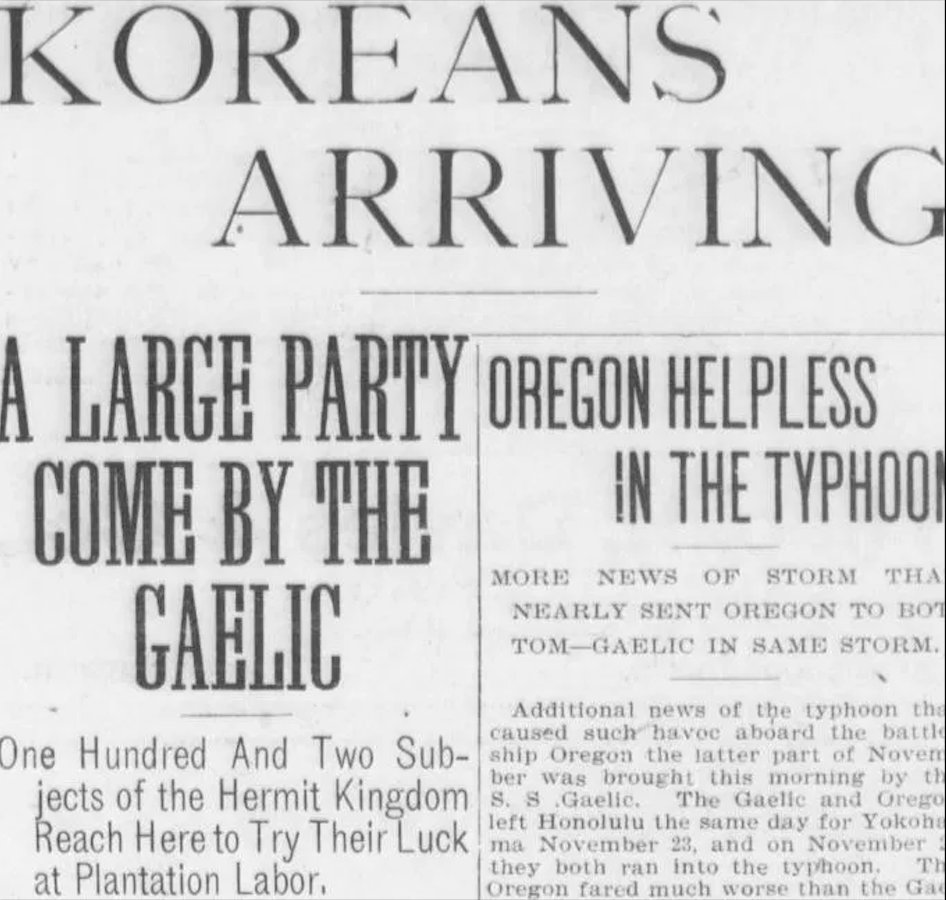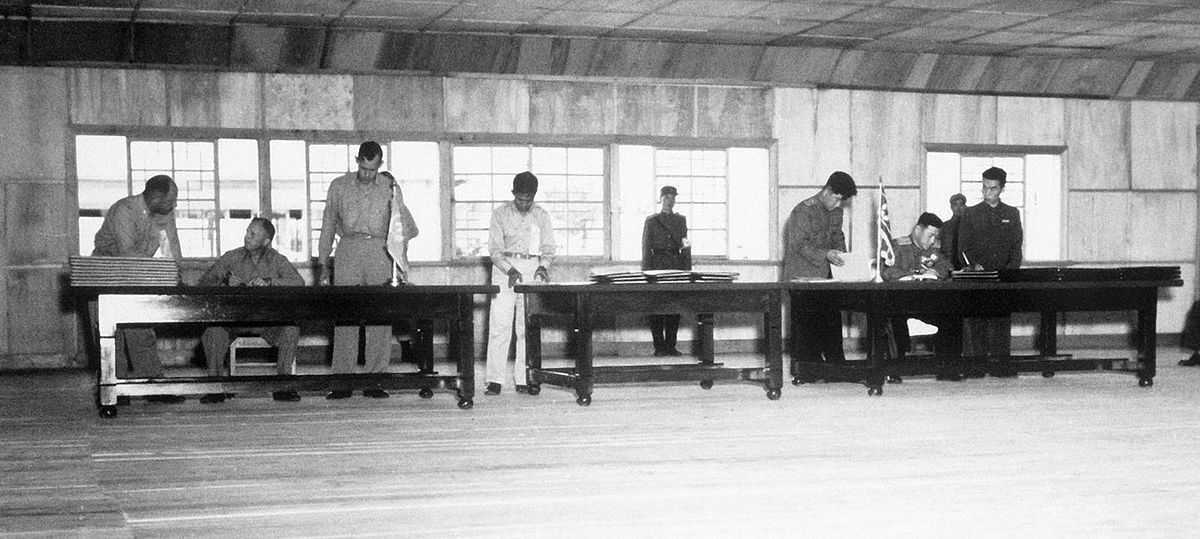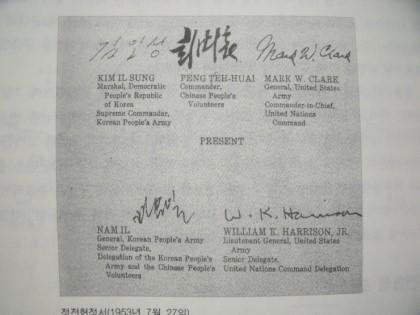
Today is the anniversary of The Donghak Revolution, a peasant-led rebellion that sought to overthrow feudalism and repel foreign imperialists competing for power in Korea. 

The Donghak Rebellion began on the eve of Japanese colonization. In the late 1800s Korea was ruled by a corrupt aristocracy that oppressed the peasant masses and made increasingly humiliating concessions to foreign imperialists like the US and Japan.
Peasants faced oppressive treatment including illegal taxation, slavery, destruction of land, and punishment for petty laws such as “lack of harmony”. 



Donghak, or ‘eastern learning,’ began as a new religious and scholarly movement based on the writings of Choe Je-u, an aristocrat who was likely inspired by the Taiping Rebellion in China. 

Choe rejected the increasing influence of Christianity and championed principles of equality, democracy and mutual respect. He was executed in 1864, but his teachings lived on and rapidly spread through peasant society.
30 years after Choe’s execution, peasants in Jeolla rebelled under the banner of the Donghak movement, led by Jeon Bong-jun. The rebels destroyed prisons, freed prisoners, captured and punished corrupt officials, and returned taxes and property. 

Within weeks, they had amassed an army of tens of thousands of peasants, and soon controlled much of southern Korea.
Unable to control the rebellion, the Joseon dynasty begged for help from Qing China, who sent 2700 troops to Korea.
Japan saw this as a violation of the Convention of Tientsin, and the diplomatic conflict soon escalated to the First Sino-Japanese War. Soon, Japanese, Donghak, Qing, and Joseon troops were fighting across Korea. 

At its height, the Donghak Rebellion amassed a peasant army of more than 200,000. As Japan gained the advantage in the First Sino-Japanese War, the Donghak Rebellion faced a drawn-out, bloody defeat.
Although the leaders and rebels were grusomely tortured and executed, the rebellion still led to the Gabo Reforms in Joseon, which finally abolished slavery in Korea.
[Pictured: Jeon Bong-jun, main leader of the Donghak Revolution, captured.]
[Pictured: Jeon Bong-jun, main leader of the Donghak Revolution, captured.]

Despite its ultimate defeat, The Donghak Revolution influenced the next 50 years of anti-colonial struggle. Donghak rebels went on to join the Righteous Armies. Future nationalist leaders like Kim Gu participated in the Donghak Rebellion as youths.
The people’s collective experience of the rebellion also paved the way for the March First Independence Movement in 1919, where an estimated 2 million Koreans rebelled against Japanese colonial rule.
The legacy of Donghak remains alive today in the Cheondo religion. In the DPRK, the Cheondoist party, one of the parties forming the ruling Workers' Party of Korea, currently holds 22 seats in the Supreme People’s Assembly.
• • •
Missing some Tweet in this thread? You can try to
force a refresh












